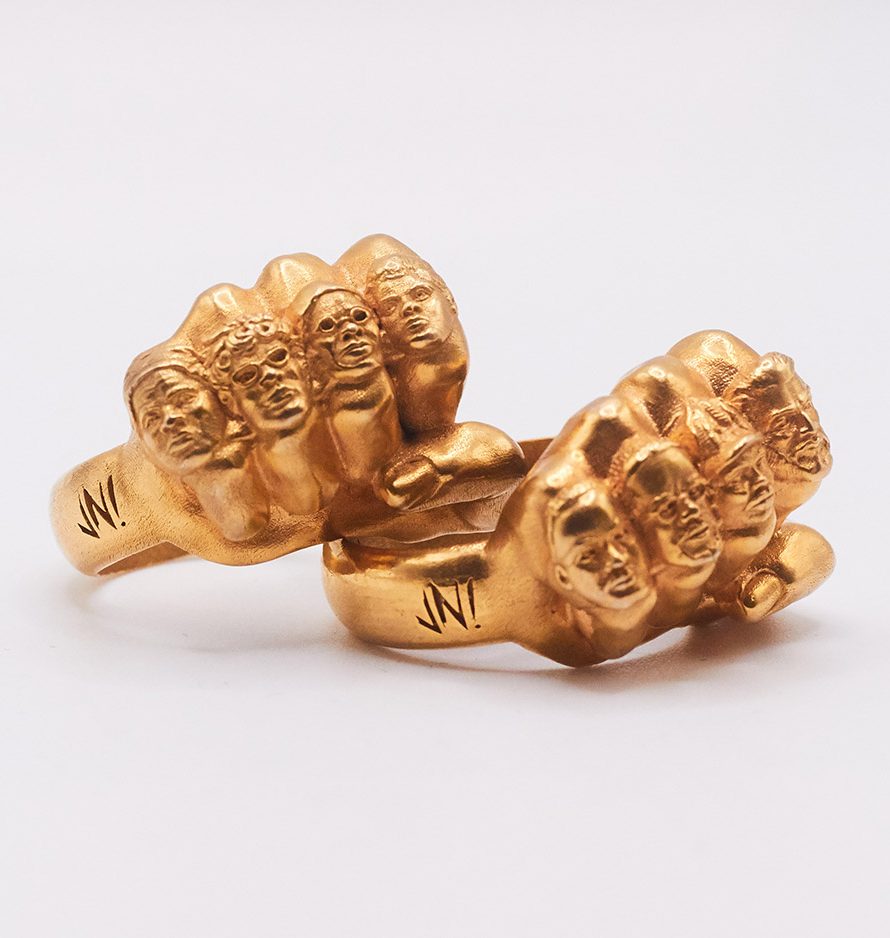Newbie designers should expect to spend at least $37,000 in their first year—and that’s the bare minimum
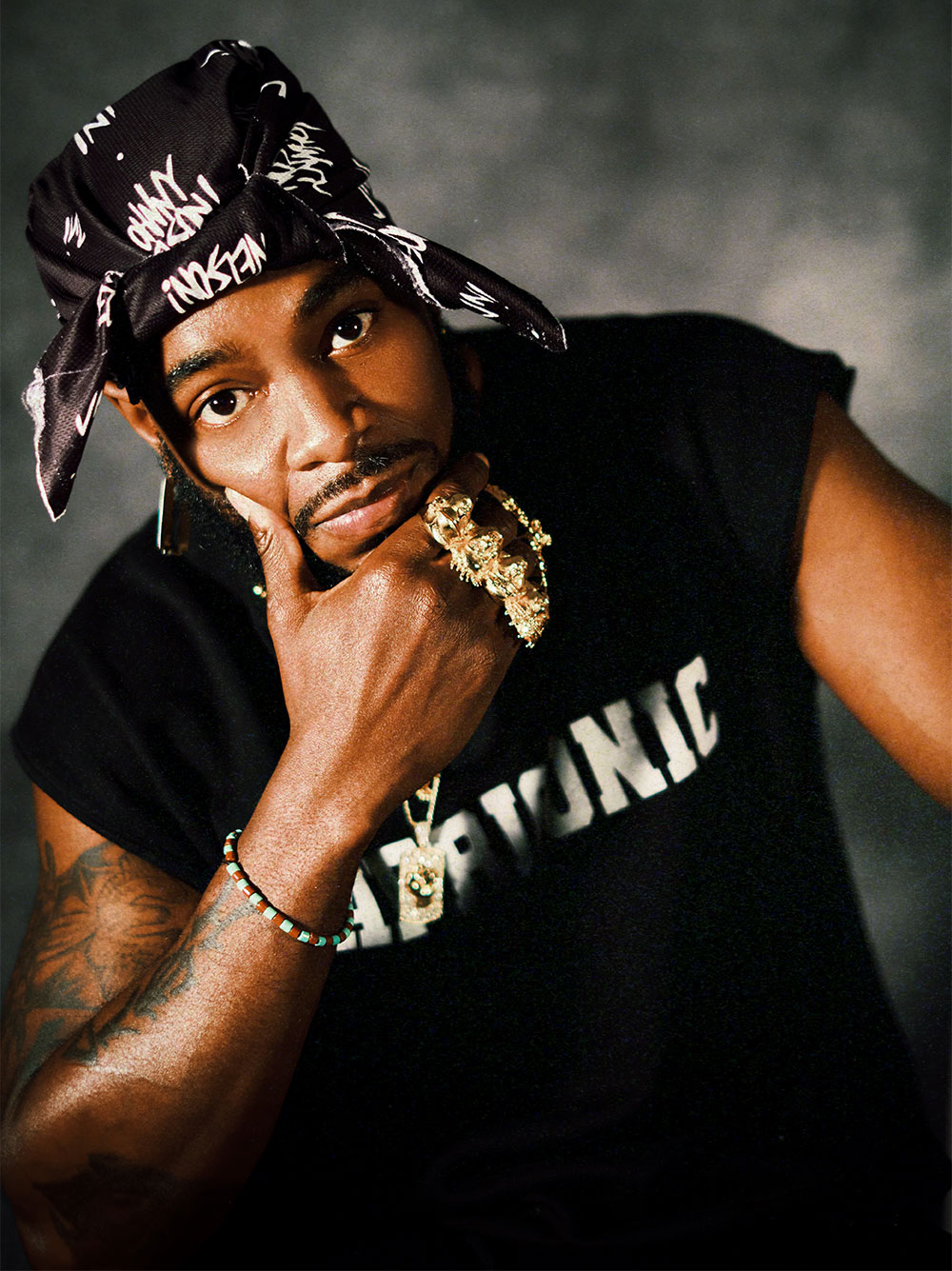
When designer Johnny Nelson debuted Johnny Nelson Jewelry in 2017, he knew he wanted to make pieces depicting historical Black leaders, animals such as black panthers, and edgy, everyday objects—think matches and razor blades.
Nelson had honed his bench skills sitting at the side of “ghost jewelers”—master jewelers who make pieces for high-profile designers and brands—on and around Canal Street in New York City. He knew his craft, but he was less prepared for the investment he’d need to make to bring his designs to life. He intended to cast his jewelry, a process that requires reproducible molds. To create 200 molds, each costing $600, he’d need $120,000.
“In the beginning, not having funds for manufacturing is hard,” Nelson says. “And I came into the game with big, heavy pieces requiring more metal. And when you first start out, you don’t get credit!”
Five years on, Nelson has seen his designs worn at the Met Gala and included in Sotheby’s 2021 exhibition of jewelry by Black designers. But as he discovered in those early days, the high costs of materials, manufacturing, equipment, and (eventually) public relations, consulting, and trade events can be daunting and even prohibitive for creatives considering a career in the fine jewelry industry—especially for those without family connections or inheritances.
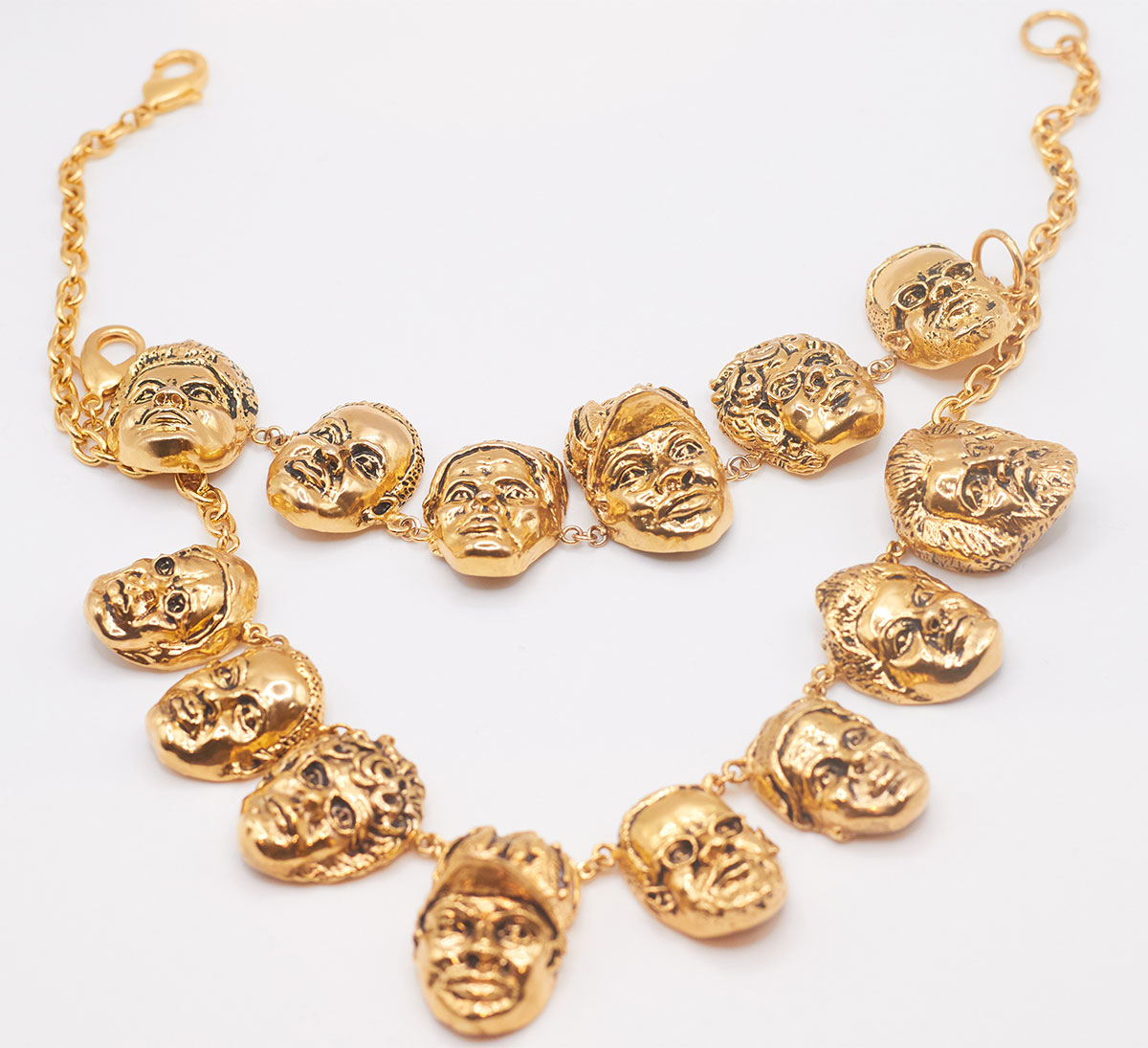
“It’s expensive to create a collection,” says New York City–based fine jewelry photographer Alain Simic, who also cohosts New York City Jewelry Week’s podcast, Rough Cut. “The reason you should care is we’re not going to get varied perspectives in the jewelry market when everyone is from the Upper East Side. People who can afford to go to 47th Street and build out a collection will inevitably push out other, more talented voices.”
How much does it cost to break into the industry? Lots of factors inform that equation, including jewelry type (think expensive gem pieces versus delicate all-metal styles), where a designer is based (big cities equal more costly locales but have more resources for jewelers), and even how one views “breaking in”—which, in jewelry, can range from a side hustle with an Etsy store to selling on Net-a-Porter.
To get an idea of what it takes for a newbie to make it in the industry, we asked professionals from several jewelry and jewelry-adjacent businesses to weigh in on costs.
The consensus: Aspiring jewelry designers looking to manufacture and sell their collections should plan to spend a minimum of $37,000 during their first year in business. Depending on a host of variables, that investment could double or even triple. Below, we offer a very basic breakdown, though it’s important to note that we haven’t addressed the “noncreative” costs of forming a business: legal and financial advice; permits, licenses, and taxes; setting up a business as a legal entity; and workspace costs if not working from home.
Education and Equipment: $5,000–$68,000
Designers can be successful in the art of making jewelry without formal training, but it’s safe to say that most seek out some form of training or education before starting a jewelry career.
Caroline Glemann, founder of the Liloveve Studio jewelry school in Brooklyn, N.Y., which counts designers Jules Kim, Emilie Shapiro, and Aziza Nicole of Aziza Handcrafted as present and former students, says people who end up selling their own collections don’t typically study jewelry in college programs. Still, having some formal training in jewelry fabrication is worthwhile—even though the programs are predictably costly.
The well-regarded metals program at the State University of New York at New Paltz, for example, costs $16,980 a year for on-campus undergrads, while tuition for GIA’s Graduate Gemologist program is $24,053 for in-person students.

More often though, Glemann says, creatives end up cobbling together classes at local jewelry-making studios to learn their craft. Even if they don’t take on college debt, however, “a lot of people don’t realize it’s going to be expensive to learn to make jewelry,” says the studio owner, who also creates her own eponymous collection. “Class is expensive, but making mistakes is also expensive, and you make a lot of mistakes in the beginning. You also need to collect tools, and they are expensive.”
Most studio classes at Liloveve are around $450 for a six-week session, with a tool list that costs students between $80 and $140. Says Glemann, “You’re typically a few thousand dollars in before you start to get even a little bit good.”
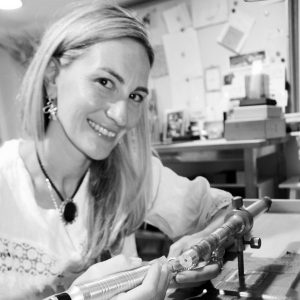
And for many jewelry-fabricating designers, the learning never really ends.
Elise Thompson, founder of 2-year-old Mejia Fine Jewelry, has been taking classes at her local wax studio for years, at $800 per course. “I’m still going, always paying, and that adds up,” says the New York–based designer. “And your basic tools are hundreds of dollars. You need a flex shaft, tumbler, filing tools—you’re always collecting them. This weekend I was looking at a jump ring maker. You’re always looking to invest in tools that will make things easier and quicker.”
Materials and Manufacturing: $1,000–Infinity
How much is silver and gold? Depends on the day. As with all commodities, their prices fluctuate with global markets. Gemstones? Well, they can set you back a few hundred bucks, a single mortgage payment, or multiple millions.
“I think affording all the materials is hard, and that’s why a lot of people start out in sterling silver,” Thompson says. “People can have terms for diamonds and gems, but eventually you have to pay for them. And prices are going up in all the materials, from fine colored gemstones to diamonds. Everything is getting more expensive.”
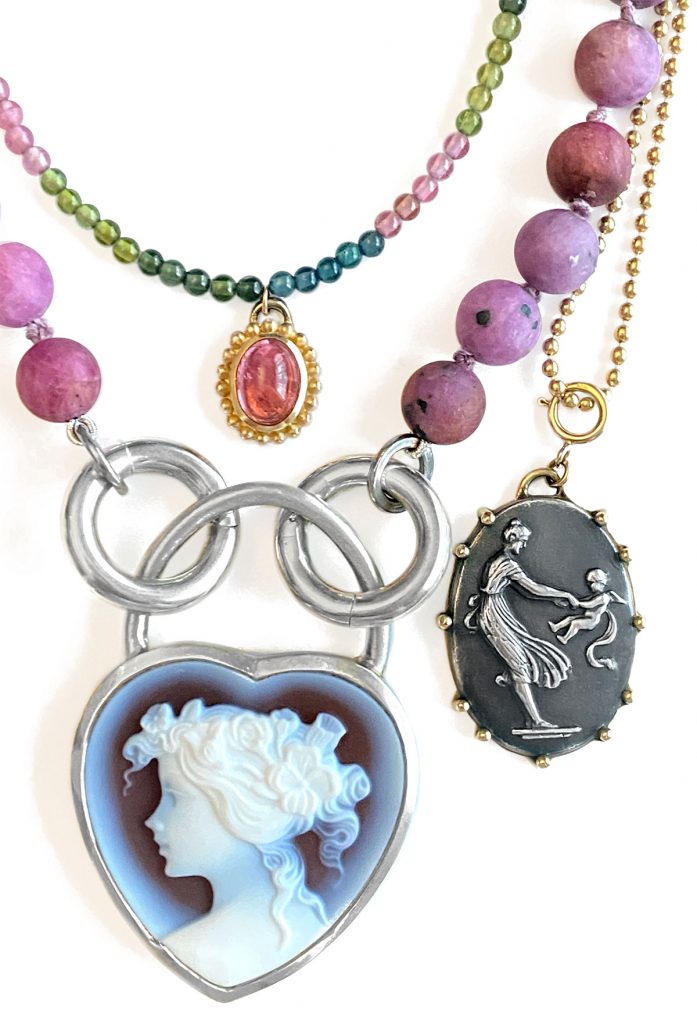
And when it comes to materials, costs can be unpredictable. An example: One of Nelson’s most popular designs, the Forever Lit Matchstick earring, began as a demi-fine piece, but “it needed a special screw-back post, and for a long time the only way to have that was to use a 14 karat gold post and back,” he says. “So I had to buy 14 karat gold posts and backs, which cost more than the entire piece. They had just stopped making it in sterling silver. It was crazy how much it cost.”
Website: $3,000–$10,000
It’s possible to set up an attractive website in an hour on do-it-yourself platforms including Shopify, Wix, and Squarespace. But acquiring a proprietary design that reflects a brand’s DNA usually requires a website designer and a web developer to make that design functional (though designers can also be developers).
Freelance designers generally charge less than firms. Julia Gomelsky, a graphic and web designer in Los Angeles who’s created sites for several independent jewelry brands and designers, charges $2,500 for a basic portfolio site for a small brand, and $3,500 minimum to design an e-commerce website (the final price depends on the number of products listed on the site). [Editor’s note: Gomelsky is the sister of JCK editor-in-chief Victoria Gomelsky.]
“A clean, well-designed website is the front door to your brand,” Gomelsky says. “Sure, you can have an Instagram account or sell through other platforms, but having a professionally designed site is essential for anyone looking to stand out in a competitive industry. Not only is it a place to feature your entire collection and show off the range of products you offer, it’s also where you can share stories in a blog or journal that help humanize your brand.”
Campfire & Co., a 10-year-old branding and website/interior design firm based in Richmond, Va., charges $5,000–$10,000 for a custom-designed and -built website. Such custom sites can include unusual functionality, in the vein of, “I want this dope subscription service that sends someone a new necklace every month,” says partner Christie Thompson.
“We are certainly not the cheapest out there,” Thompson says. “For startup brands, we’re kind of on that top tier. But we can build you the kind of stuff that really differentiates you.”
Photography: $10,000
Photographs are the most important element of any e-commerce site, and professional-quality jewelry images are, without a doubt, pricey. Photographing jewelry requires specific expertise, and the best jewelry photographers rightfully charge for that know-how.
Simic tells designers to budget $10,000 for a full-day shoot with a complete crew. For quicker shoots, he currently charges around $50 for a single product photo—which, he notes, sounds nice and reasonable to most designers until they realize they need 360-degree photos for each piece of jewelry they’re planning to retail or wholesale in the market (sellers on 1stDibs, for example, need to submit images that represent a full rotation of a piece).
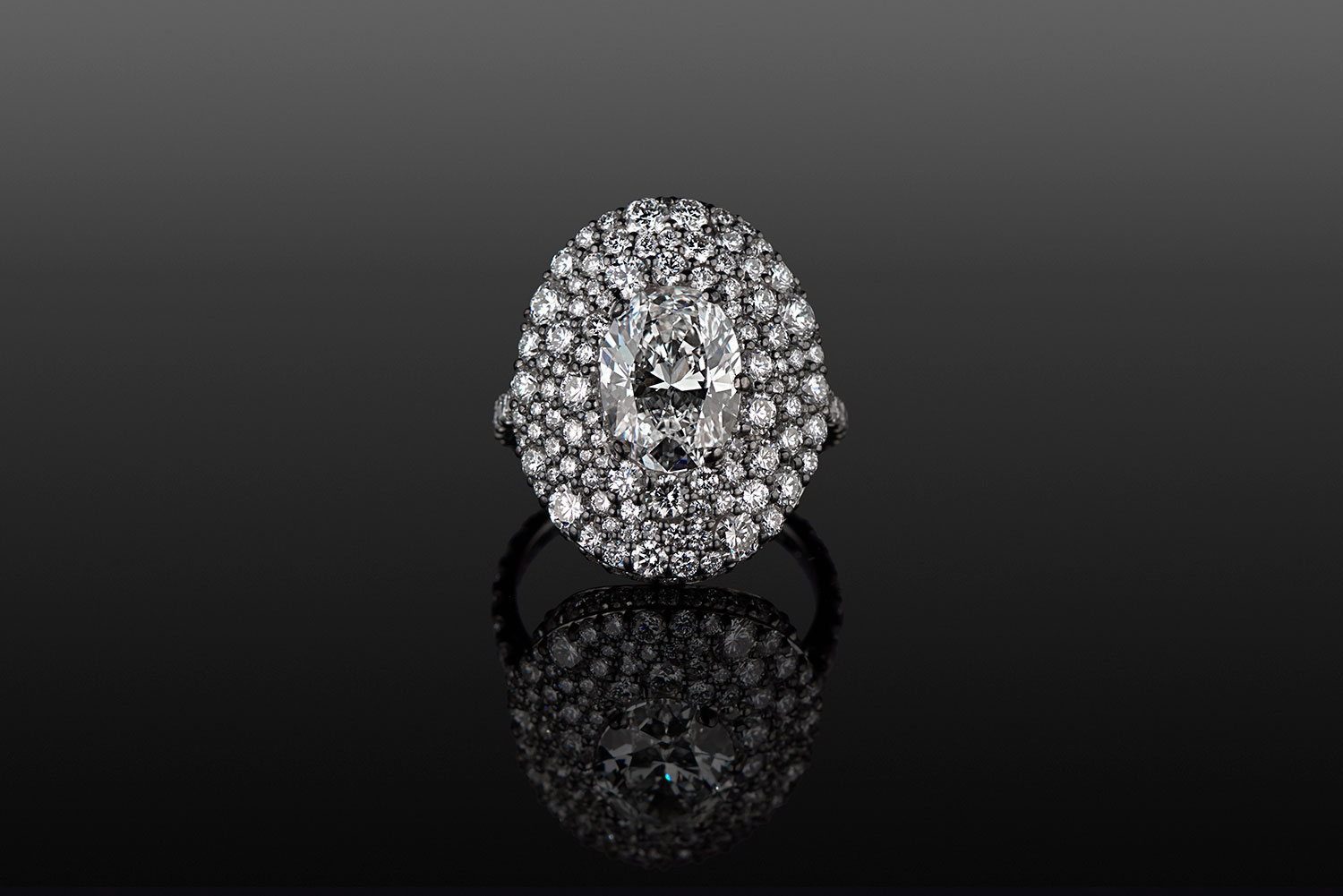
“It sounds high, but it’s an appropriate price for a jewelry photo,” he says. “On a technical level, it’s very challenging to execute a jewelry photograph well. You can find someone on 47th Street who will do it for 10 bucks, but you don’t know what you’re getting. The general standard in New York and other large cities is $50 per photo because it means you will receive a certain quality.”
Simic says jewelers should expect to pay around $200 per item to have it photographed properly. “But you need to think about photography as part of the cost of doing business,” he adds. “Good photography is as vital as buying gold and gemstones. It isn’t unusual for big companies to spend more time on image and branding than they do on the actual product. We live in a world where people shop on image and vibe.”
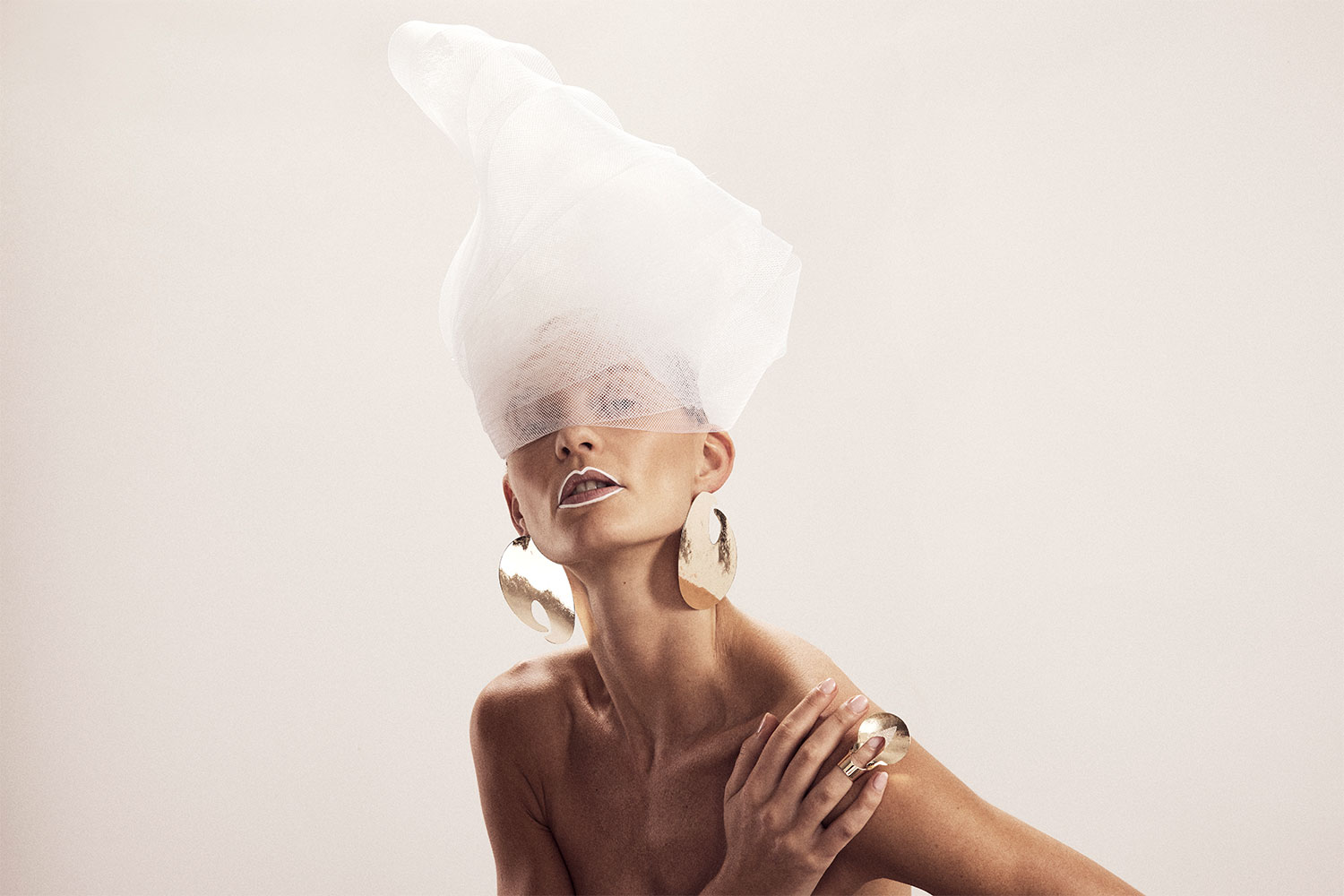
Public Relations: $1,500–$10,000 per month
Once a designer or small brand has a collection and a website, they are, in theory, ready to go to market. But getting the market to notice and acknowledge a new brand is practically a full-time job in 2022. Which is why public relations—the fine art of securing media coverage and, for a subset of PR professionals, celebrity and influencer placements—is crucial for most brands.
It’s a recurring cost because “PR doesn’t pay off immediately,” says Liz Kantner, a digital marketing consultant based in Asheville, N.C., who specializes in the jewelry industry. “I’ve seen brands get their pieces on Beyoncé and it doesn’t explode their business. It takes time.”
And money. The most traditional PR setup requires a monthly retainer of roughly $1,500 to $4,000 for a small brand, says veteran jewelry publicist Duvall O’Steen. “With a public relations freelancer, you can get better bang for your buck and can do something like a $1,500 to $2,500 monthly retainer,” she says. “The bigger PR firms are charging $5,000 to $10,000 a month, and they will be more full-service.”
But she warns that startup brands shouldn’t expect the world if they’re paying less than $2,000 a month. “At that cost, as a general rule, you can expect four to five hours of their time every week,” O’Steen says.
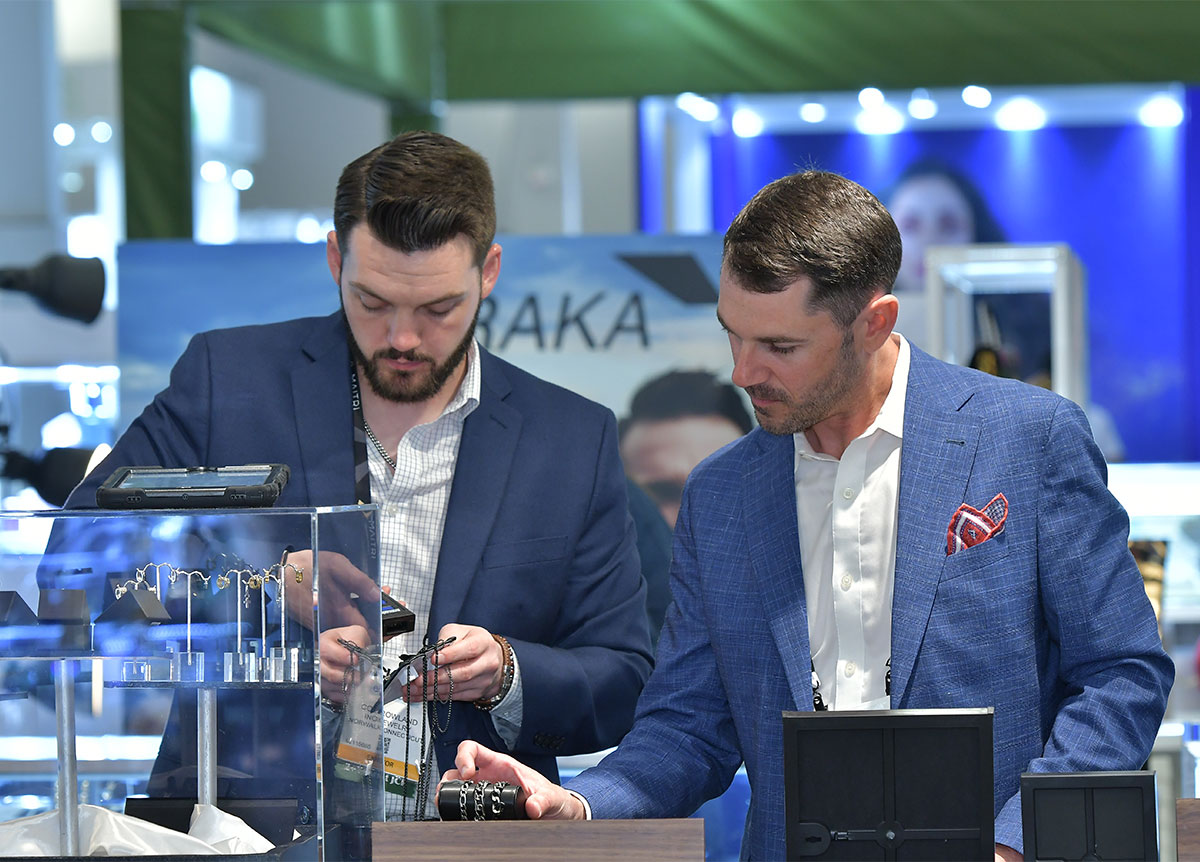
Trade Shows and Markets: $150–$10,000
A large percentage of designers new to the market and looking to wholesale their collection will find that growing their business requires participation in jewelry trade shows. “Trade shows are critical for brands who don’t have retail accounts,” O’Steen says.
The cost to rent booth space and/or equipment at trade fairs ranges from a few hundred dollars to upward of $10,000, depending on the show and the brand’s needs. Multiyear participation in a trade event becomes a huge investment.
But trade show participation is not a one-and-done endeavor. Retailers typically want to see a brand several times before they consider investing in its collection. “The last thing a retailer wants is to promote a brand that’s going to be gone tomorrow,” O’Steen adds. “They want to know you are growing and staying around.”
The costs of selling a collection at a holiday or seasonal market that’s open to the public varies, hovering between $150 and $500. But again, designers may need to attend dozens of such markets to build a following locally.
Consulting and Other Support: $50–$6,000
The jewelry market can be tricky to navigate, and many designers find they need to carve out a budget to work with private consultants on everything from retail partnerships to social media marketing.
More expensive are one-on-one consults with firms such as Campfire & Co., which takes small brands through extensive branding exercises so they can fully understand their brand persona, look, and identity.
“To us, branding is the foundation of everything,” says Campfire’s Thompson. “You’re always going to come back to foundational questions: Who’s your audience? What do you want to be known for? What is the personality of your brand?” For $6,000, the company helps an aspiring brand owner answer all those questions and develops a proprietary graphic identity for the brand, creating a brand guide, iconography, typefaces, patterns, and more.
On the less pricey side are business support groups. Elise Thompson pays $50 a month to be a part of Kantner’s Stay Gold Collective, an online community for independent jewelry designers. “It has helped so much in terms of learning what to spend, what to wait on,” Thompson says.
Kantner says new designers will invariably have anxiety around spending even more money on PR and marketing consultants, but getting help is a prime way to nurture a small brand. “Everything can feel expensive” when you’re starting out, she says. “But designers need to remember that it’s about growing slowly.”
Top: Rings by Johnny Nelson Jewelry
